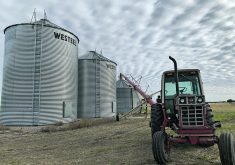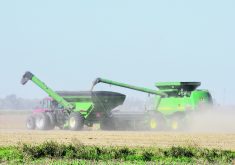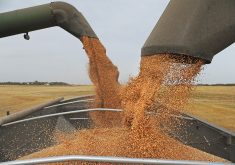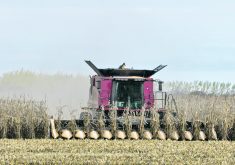Manitoba
SOUTHWEST
This area has been hardest hit with excess moisture. Rain throughout the week resulted in amounts ranging from 10 to 50 millimetres. Some producers are inquiring about planting greenfeed. Some are broadcast seeding, but the practice is not widespread.
Overall, seeding progress is almost three quarters complete. While some producers are almost completed, others are struggling to get seed in the ground and have planted only 10 percent.
Warm temperatures are creating rapidly emerging crops. Winter wheat and fall rye are at the tillering stage.
Read Also
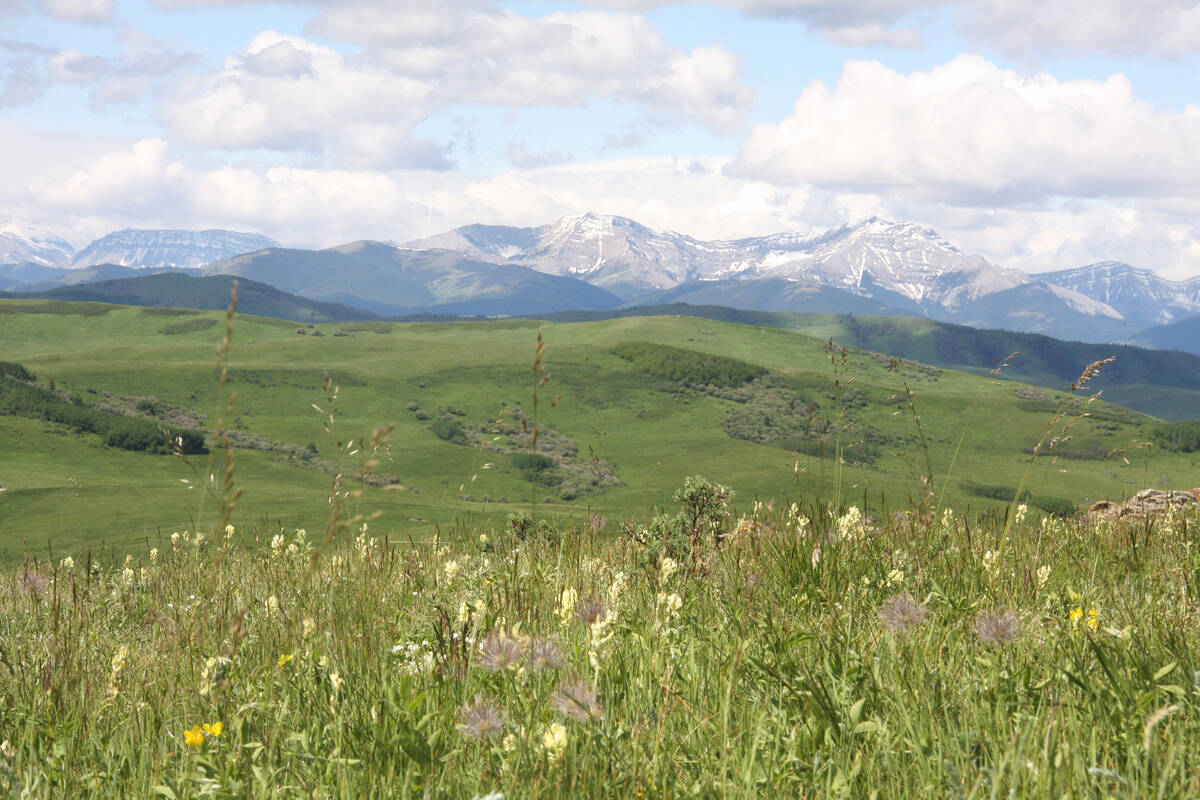
Selenium not deal breaker in coal mining: expert
Environmental scientist weighs in on coal mining debates in Western Canada, explaining selenium and the technologies and practices to lower its concentrations in nearby waterways to coal mining operations
Weed control is well underway. There’s a major concern with flea beetles in most areas. Cutworm damage is also being reported in some areas.
NORTHWEST
The seeding average is three-quarters complete, but continued precipitation has made an impact with amounts varying from 12 to more than 25 mm. Only 50 percent of the intended soybean crop has been seeded.
Some hail and heavy rain damage was also reported in the Swan Valley areas.
Crops are generally emerging quickly and uniformly. Peas are leading the way with 90 percent emergence compared to less than 10 percent of soybeans.
Reports of insect activity remain low.
CENTRAL
Seeding is nearing completion. Rainfall varied from five to more than 25 mm. Some hail and low temperatures were reported, but no reports of injury.
All crops have seen rapid germination, emergence and growth. Many cereals have advanced to the five leaf stage and tillering. The majority of canola is in the cotyledon to two leaf stage. Soybeans have minimal issues due to crusting. Corn growth ranges from emerging to six leaves.
Most herbicide applications for winter wheat are completed. Fungicide applications will be a challenge to time properly.
Foxtail is showing up in some areas. Pressure from flea beetles is starting to wane in areas. Several fields were reseeded because of heavy flea beetle and cutworm damage.
EASTERN
Seeding is almost complete for most, but some areas are only half way due to excessive moisture. Cumulative rainfall varied from 12 to 24 mm.
It’s anticipated that many producers will be finished the first herbicide pass on all of their emerged acres.
Some winter wheat stands were terminated because of damage caused by wireworms, excess moisture and winterkill.
Damage from flea beetles is being reported in many fields. Some fields have now been sprayed twice while others have been reseeded. Grain corn in some fields have been sprayed for cutworm damage.
Haying has begun in some areas.
INTERLAKE
This area leads the province with seeding almost completed or completed. Two to 15 mm of precipitation were welcomed for later seeded crops.
Spraying of spring cereals and oilseeds is generally underway. Canola stands are experiencing damage caused by flea beetles, warranting insecticide applications in some fields. Cutworms damage is also reported. Forage seed acres were also sprayed for weed control.
Saskatchewan
SOUTH
Producers made great seeding progress and are well ahead of the five year average. Drier conditions allowed many farmers to complete seeding, while others will be done soon.
However, cooler weather has prevailed and some areas could remain unseeded because of excess moisture.
The Limerick area was the wettest, receiving 52 mm, while other areas received trace amounts to 50 mm.
Topsoil moisture conditions on cropland have generally improved and average 78 percent adequate.
Cool weather is delaying crop development in many eastern areas, which lags normal development by about a week.
Crop damage is attributed to localized flooding, hail, minimal frost, high winds, drought and insects. Many producers continue to spray for flea beetles and cutworms in canola.
There are reports that some fields are being reseeded because of cutworms, flea beetles and localized flooding.
CENTRAL
Seeding has significantly advanced and is nearing completion.
Some wet acres will likely remain unseeded unless warmer weather arrives soon. However, many producers have finished seeding and are starting in-crop herbicide and fertilizer top-dressing applications.
The topsoil moisture condition for most cropland averages 80 percent adequate. Hayland and pasture topsoil moisture is rated slightly higher at 84 percent adequate.
Most crops are in good condition, but cooler temperatures are delaying development. Some areas reported damage from localized flooding, hail, wind and frost.
Flea beetles continue to damage canola, and some producers are spraying.
NORTH
Many producers made significant progress, and seeding is nearing completion. However, cool, wet weather continues to hamper plant growth.
The wettest area was Dorintosh, which received 36 mm. Eighty percent of the cropland soil moisture conditions are rated as adequate. Hayland and pastures are significantly better, averaging 92 percent adequate.
Producers continue to spray for flea beetles, which caused most of the crop damage.
Alberta
SOUTH
With seeding complete, conditions are relatively close to ideal with minimal stress caused by excess moisture, drought or disease pressure. However, cool weather has delayed normal crop development by seven to 10 days.
Rainfall varied from trace amounts to about 20 mm. Many producers are beginning to ask for more rain but there are no visible signs of stress due to lack of moisture.
Wheat spraying is about three quarters complete and much of the first herbicide application for canola and pulses is done.
CENTRAL
Seeding is wrapped up and a few days of warm weather has helped further crop development, although they lag about a week from normal years.
Precipitation varied from 25 to 40 mm across the region with the western half receiving more moisture.
Most cereals crops are in the two to four leaf stage. Canola is in the one to three leaf stage. Leaf diseases are beginning to show on cereals.
NORTHEAST
Most seeding is complete with only barley remaining. Precipitation ranged from 25 to 50 mm. About 20 percent of farm acres have excessive moisture and about two percent will go unseeded.
The area is reportedly 10 to 12 days behind normal crop development.
Most wheat is at the three leaf stage; canola from cotyledon to three leaf; peas and fababeans at four nodes; and barley at one to two leaf.
Damage from flea beetles is reported to be about 10 percent but crops are staying ahead and outgrowing them.
NORTHWEST
Seeding is basically finished with only some silage (oats and barley) fields left as topsoil dries.
Rainfall varied widely from 15 to 50 mm with prevailing cooler weather compared to normal years.
Topsoil moisture conditions for croplands, hay land and pastures are rated excellent. Many producers are waiting to spray due to excessive moisture.
PEACE
Most producers have finished seeding and are applying herbicides.
Rainfall varied from trace amounts to about 25 mm.
Weather has gradually warmed and crop emergence and development is progressing well with normal development compared to previous years.
Canola varies from cotyledon to the three leaf stage; early seeded cereals are from the three and four leaf stage.
There are reports of localized damage caused by flea beetles and cutworms.




